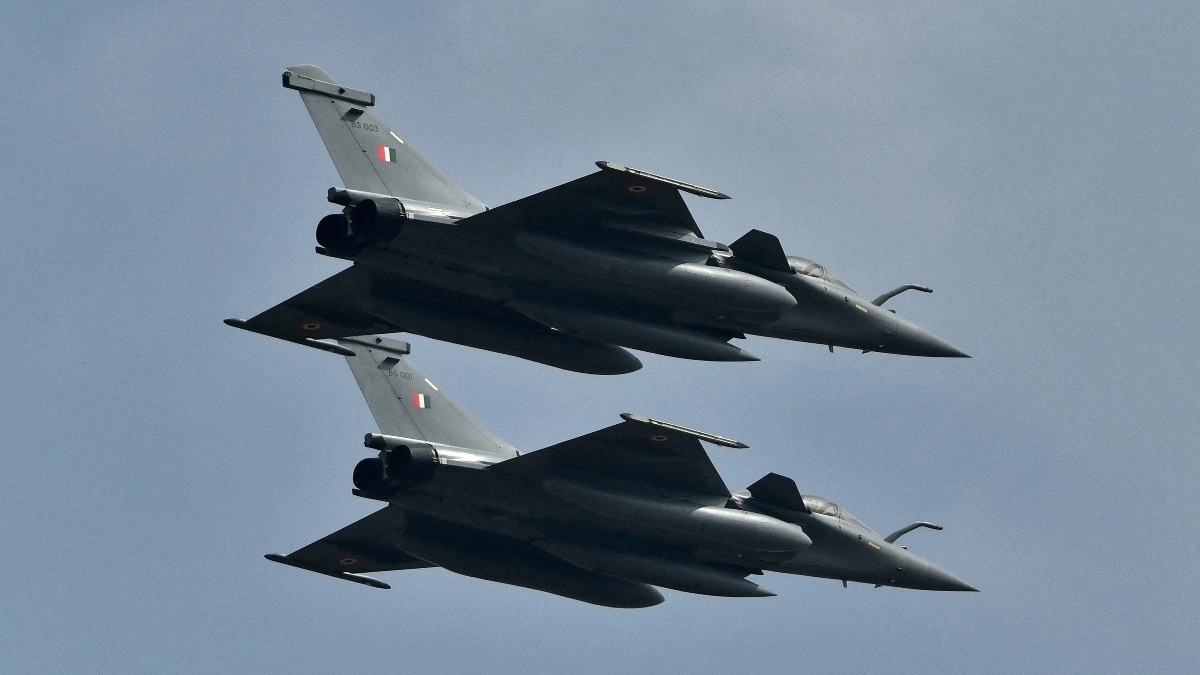

Following recent escalations between India and Pakistan, global militaries are set to analyze a recent fighter jet battle between the two nations, seeking valuable insights into modern aerial warfare. The aerial clash, involving Chinese-made Pakistani jets and French-made Indian Rafale fighters, presents a rare opportunity to study the performance of pilots, aircraft, and air-to-air missiles in real combat scenarios.
Tensions have risen sharply after India launched missile strikes on what it claimed were terrorist infrastructures inside Pakistan. Pakistan retaliated, claiming to have shot down several Indian aircraft. Pakistan's Foreign Minister stated that the downed Indian fighter jets included the French-made Rafale. A senior Pakistani security source claimed the aerial battle involved 125 aircraft and lasted for over an hour. Residents in Indian-administered Kashmir reported explosions and blackouts, further highlighting the escalating crisis.
The dogfight is of particular interest to military analysts worldwide, including those in China and the United States, as they prepare for potential conflicts in regions like Taiwan and the Indo-Pacific. The live deployment of advanced weaponry will be analyzed to understand the effectiveness of different systems and tactics. According to a U.S. official, there is high confidence that Pakistan used the Chinese-made J-10 aircraft to launch air-to-air missiles against Indian fighter jets.
Much attention is focused on the performance of China's PL-15 air-to-air missile against the Meteor, a radar-guided air-to-air missile produced by European group MBDA. Experts are keen to gather "ground truth" on the tactics, techniques, and procedures employed, as well as the specific equipment used and its performance. While there has been no official confirmation on the use of these weapons, social media posts have highlighted their potential impact.
Douglas Barrie, a senior fellow for military aerospace at the International Institute for Strategic Studies, noted the significance of potentially pitting "arguably China's most capable weapon against the West's most capable weapon". He added that the French and Americans would likely seek similar intelligence from India.
Amid the escalating tensions, there are conflicting reports regarding the specifics of the weapons used and the extent of the damage inflicted. India has claimed its strikes targeted terrorist groups, while Pakistan has stated that civilian areas were hit. Pakistan has denied targeting any locations in Indian Illegally Occupied Jammu & Kashmir, or across the international border.
The situation remains highly volatile, with both sides making claims of success and engaging in cross-border firing. The international community is closely monitoring the situation, with the U.S. urging both countries to de-escalate and maintain open communication channels. The potential for further escalation remains a significant concern, prompting global militaries to seek a better understanding of the dynamics at play in this ongoing conflict.